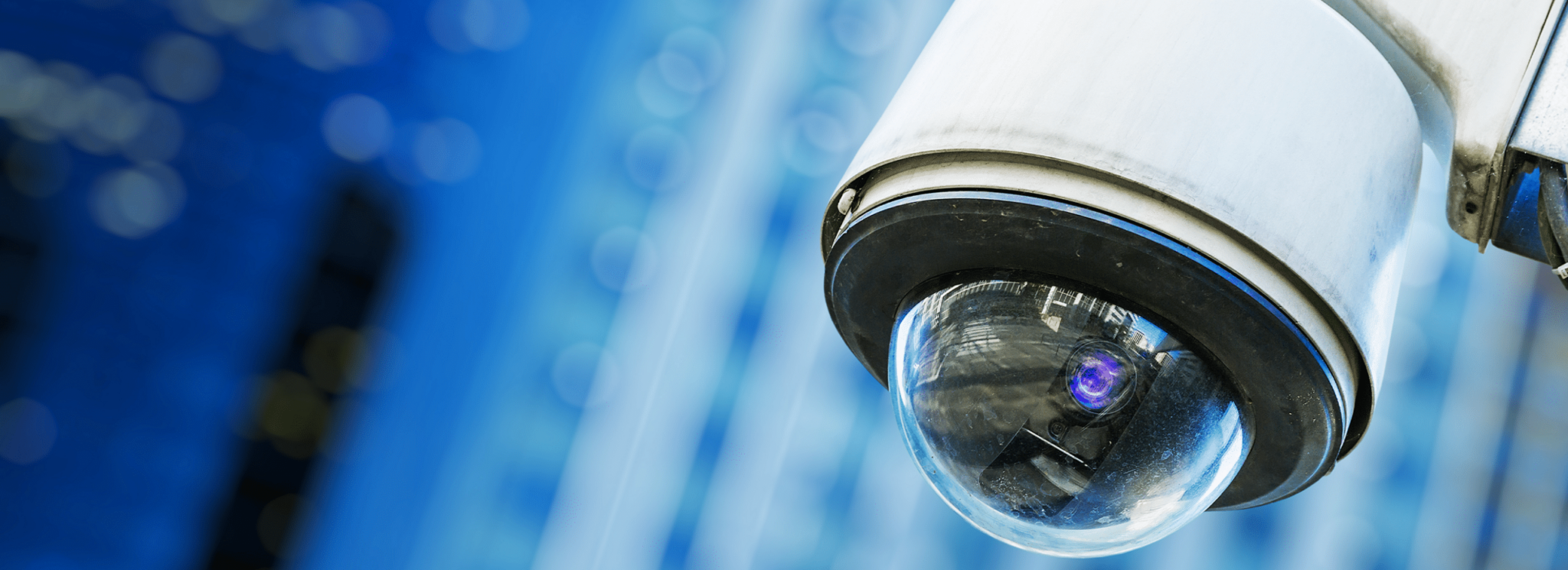The many recent hackings have caused companies to shift their focus, time and energy on cybersecurity. Sometimes to the detriment of physical security. The need for cybersecurity is not in question. No company wants to end up in the news or put their customers’ information at risk. However, it’s not the only asset that needs protecting.
Companies also need to protect their physical assets, employees, customers, vendors, and visitors. If anyone gets hurt, it can be an expensive liability lawsuit. If an asset gets stolen, it could still put the company in the news. Some of those assets may contain company and customer data.
Why Physical Security Matters
The Global Economic Crime and Fraud Survey from PwC says fraud has reached record highs. These include customer fraud, cybercrime, and accounting fraud. They have found that more than half of U.S. respondents reveal they have experienced fraud in the past two years.
A whopping 4 in 10 say an internal resource is responsible for the crime. The internal resources? These include vendors and suppliers, consultants, agents, shared service providers, and other business partners.
An Steelcase report.
Physical security solutions can find duplication and overlaps as well as operational areas for improvement.
A business cannot completely stop all the possible threats. No one could have prevented the Texas snowstorm or the California fires from happening. However, companies can take steps to help deter crime and minimize damage with the right physical security technologies.
5 Trends Impacting Physical Security
With many being forced out of work, some found themselves in dire straits. Sometimes desperate times call for desperate measures. To make ends meet and put food on the table, some turned to crime.
Experienced crooks saw the pandemic as an opportunity to expand their criminal enterprise. As commercial buildings sat empty, they saw them as places to ransack since most have more assets than residential homes.
This explains why New York City experienced a 75 percent increase in burglaries and vandalism of commercial properties after the mayor declared a state of emergency according to The Wall Street Journal. Seattle witnessed a jump as well with crime climbing by 87 percent.
University of Pennsylvania Professor David S. Abrams conducted a study looking at the pandemic’s effect on crime. The result is COVID-19 and Crime in U.S. Cities, which shows a decrease in property crimes against non-business and homes. And an increase in commercial crime.
The reasoning for the change is simple. With more residents staying home, lawbreakers knew they had little chance of finding an empty home. Most commercial buildings stood empty. Sure enough, commercial property burglaries skyrocketed by almost 40 percent in all the cities studied.
The global pandemic greatly increased the need for more video surveillance. Current Stealth Monitoring customers have requested more cameras and monitoring. New customers wanted to add video surveillance with monitoring because of the increase in crime.
Here are five trends changing the physical security industry.
1. Artificial Intelligence in Video Analytics
When people think of artificial intelligence (AI), their minds go to robots and machines. But AI is also software programming and machine learning (ML). Search engines have the ability to read images. They may not read them perfectly, but they can make out things like clearly legible text in the image. They can tell if the image is indoors or outdoors.
Search engines and other tools can analyze photos and unearth relevant information. AI and machine learning teach the system how to do better in recognizing important things in an image. That’s how embedded artificial intelligence aids video surveillance systems in monitoring specific events.
AI programming tells the cameras how to analyze what they observe in the feeds. When they detect a match, then AI gives them the next step to take for the scenario. This is called intelligent video analytics.
Before AI, video surveillance worked as a passive security tool. All it could do was provide the eyes. Someone had to constantly monitor the screens to spot suspicious activity before or as it happened. Either that or an employee would notice something irregular had happened. They would have to replay hours of video to locate the incident.
Then came analytics. Programmers used analytics to train the cameras to spot certain things and disregard others. For example, the analytics can differentiate between someone approaching the perimeter of the property and a bag blowing in the breeze. This input from the programmers helps cut down on mistakes and false positives and increases the chances of catching potential issues much sooner.
2. Manufacturing’s Role
Supply chain problems plagued many industries. With factories shut down, supplies shrunk. Even after workers returned to the factories, they were still shorthanded. Many workers couldn’t return due to illness, caring for someone who became ill, or taking care of children who can’t stay home alone. This created a huge backlog that has many companies playing catch up today.
These supply chain problems affected video surveillance components and OEMs. Manufacturers are learning from the situation. They’re working to build a more organized and resilient supply chain. The video surveillance industry has largely depended on China for parts. This, in turn, affects the availability of video surveillance equipment and prices. Now, instead of being dependent on two Chinese companies, the industry expects to see more companies competing.
3. Integration of Security Systems
Once upon a time, video surveillance and access control systems worked in silos. They didn’t talk to each other. Now, they can be integrated to create more powerful and effective security for greater cost savings. Integrating remote video surveillance with access control adds another layer to security. The more layers there are in a security system, the harder it will be for criminals to break through them.
An access control system can manage access to the building. Using access control, employees and visitors wear badges. Those badges can regulate who can enter the parking garage, limited-access rooms, and the building.
For example, incorporating video cameras with access control allows you to match the time stamp from the access control with the video. It cuts down the time needed for searching the footage. It also simplifies security management and reporting.
The pandemic also spurred innovations in physical security, such as integration. An integrated security system helps reduce contact. With video surveillance, you won’t need security guards on the property or at least rely on fewer guards. This shrinks the number of people in the building.
Video surveillance can monitor everyone coming and going. When non-employees or delivery people arrive, they can talk to the monitoring operator on camera through a two-way speaker. The operator checks them in and alerts the employee who escorts the visitor or picks up the package.
4. Cloud Services
Cloud services have been around for a while now. To help employees access everything using any device, companies have moved their software and collaboration tools to the cloud. This same concept has reached the security industry.
Video surveillance as a service (VSaaS) and access control as a service (ACasS) make it possible to manage security and access control from anywhere using any device. However, once a company puts its data in the public cloud, it no longer has 100 percent control over it. A better option would be to work with a company that has a private cloud setup.
5. Cybersecurity for Physical Security
Companies investing in video surveillance, access control, and other security systems must take steps to protect these systems. That’s where a private cloud has an advantage over a public cloud.
As companies search for security providers, they will be asking vendors about their security processes and procedures. They will ask about the security of their devices and their integration with services on IP networks.
Where to Start with Physical Security
Companies have a responsibility for the safety and security of employees and visitors. An effective physical security program helps keep everyone safe and healthy while protecting your business assets. Not having physical security can damage your bottom line, business reputation, and people’s safety.
Implementing physical security like an access control system and video surveillance can help cut your risks while providing a quick ROI. Management will gain peace of mind having eyes across the entire property and all of it is captured in recordings.
When you work with Stealth Monitoring, you have a variety of security options available. You’ll receive a customized security system that addresses your biggest physical security challenges and meets your requirements. To learn more, please contact us.

